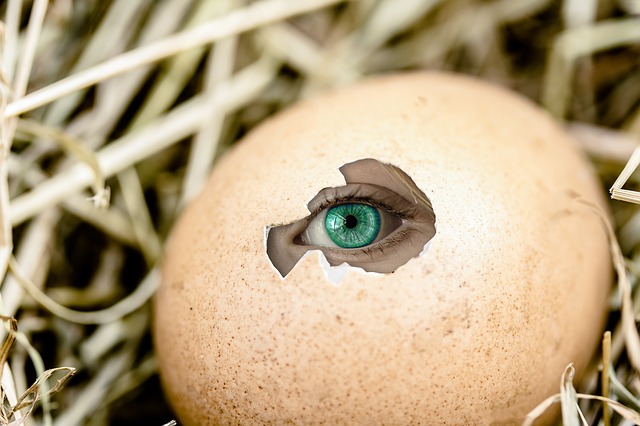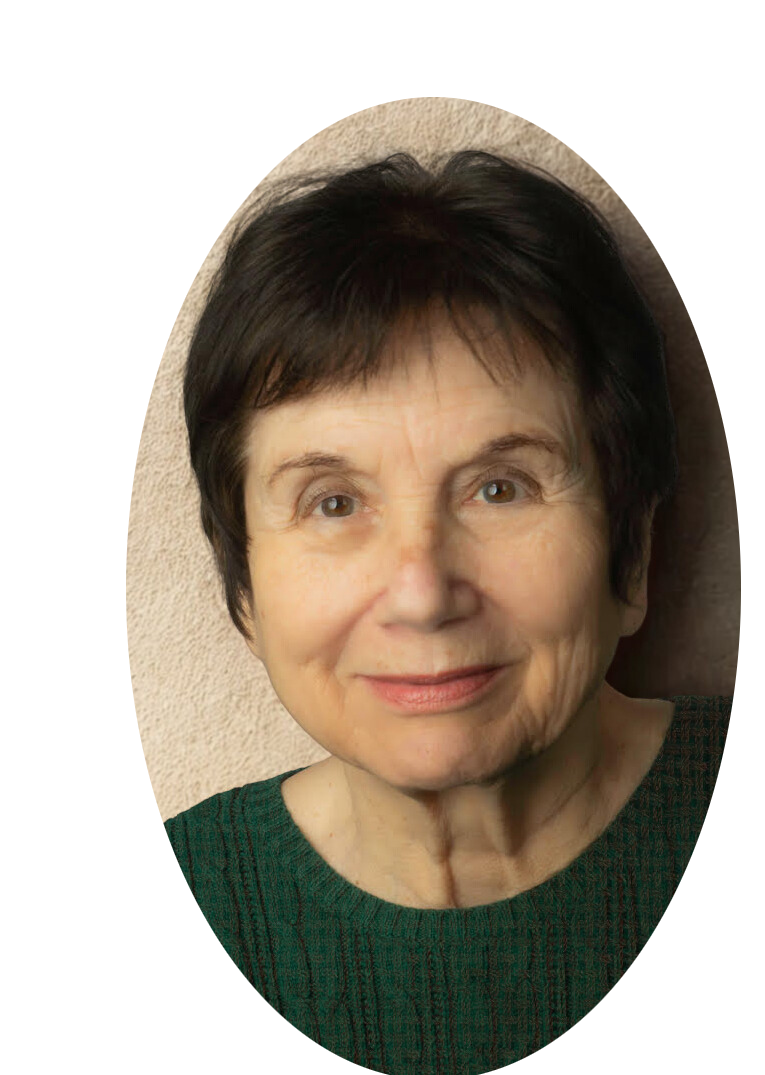 Dreams, In eating disorder recovery, reflect your authentic self and true current experience.
Dreams, In eating disorder recovery, reflect your authentic self and true current experience.
Dreams move through blocks. An eating disorder blocks or distorts complex or subtle emotions. With an eating disorder, a person feels fear, anxiety, strong needs for someone else often misinterpreted as love, reassurance near a sense of safety when praised or given gifts that contribute to her belief in herself as a person of high status, if only for a moment or a few days.
The power of the eating disorder is not total. Feelings of dread and the need to isolate, because she is apprehensive about being with others, penetrate the emotional blocks created by the eating disorder. She can be inconsistent in her relationships with others and inconsistent, even erratic, in her ability to concentrate or maintain interest in her activities.
Dreams, which often seem chaotic and irrelevant, can be a helpful guide toward the genuine feelings hidden by the eating disorder. Feelings give us information. Fear can show us we are near or in danger.
Anger can show us we are being threatened in some way. Tenderness can show us we are in the presence of something or someone we care about. When we are blocked from our genuine feelings we are also blocked from the unfiltered world we live in. We have an opportunity to know more about where we are, who we are and what we are dealing with.
Eating disorders are often a defense against knowing the reality of our environment if that environment is dangerous or crazy-making, and punishment is swift for truth saying or truth seeing. Dreams plow through defenses.
The main theme of recovery work that lasts is a gradual letting go of the disorder behaviors. Without that defense, hidden feelings emerge. Those feelings often make little sense to the person because she’s protected herself from them. Now that she feels it takes some time to see what information they provide.
The specific information varies among people. The trend is that purposeful or done out of ignorance or naivete, a person or persons or a business or cultural environment struck at the core identity of the individual. This assault was constant and inescapable. One route to the refuge was the eating disorder.
It doesn’t hurt if you can’t feel it. It’s not frightening if you don’t see it. It won’t harm you if you don’t believe in it. It’s not as bad as it could be if you are numb to it.
You are not powerless in the situation if it’s your fault and you bring it on yourself. You don’t have to be anxious if your memory doesn’t hold the experience.
You don’t have to live in dread if you split your experience into all good and all bad. The good is out there, and the bad is inside you. You have a way to understand.
This tangle of illusion, twisted mental compromise, numbness, and magical thinking mixed with glimpses of reality and experiences of physical and emotional pain is just the right combination of elements to stimulate the development of an eating disorder. The eating disorder allows the person to remain sane in this destructive environment.
Dreams go below consciousness. Dreams come up from below the eating disorder defenses. Dreams, in what can seem like a mysterious language of images, can pass through the eating disorder wall and send up to your consciousness the truth of your experience. That truth can lead to real healing and recovery.
Other dream articles on this site
Keeping a Dream Journal Can Speed Eating Disorder Recovery
Nightmare Wave in Eating Disorder Recovery
Dreams: Your Doorway to Emotional Healing
Nightmares Can Help Your Eating Disorder Recovery
Dreams Penetrate Eating Disorder Defenses and Speed Recovery
Please share your thoughts in the comment section below.
Written by Joanna Poppink, MFT. Joanna is a psychotherapist in private practice specializing in eating disorder recovery, stress, PTSD, and adult development.
She is licensed in CA, AZ, OR, and FL. Author of the Book: Healing Your Hungry Heart: Recovering from Your Eating Disorder
Appointments are virtual.
For a free telephone consultation, e-mail her at


Add comment